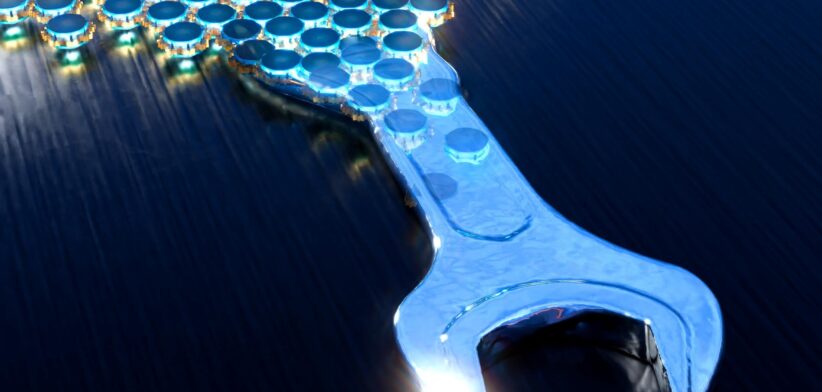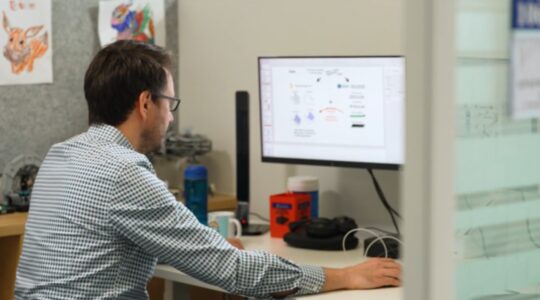Researchers have created a robot collective which mimics material and can change form as needed.
An international team from America’s UC Santa Barbara (UCSB) and TU Dresden, in Germany, developed a group of individual, disk-shaped autonomous robots, which could be programmed to assemble themselves together into various forms with different material properties.
USCB Professor Elliot Hawkes said the research team had created a robotic material that could both be stiff and strong, yet be able to flow when a new form was needed.
Professor Hawkes, the study lead author, said rather than responding to exterior forces to attain a form, the robotic materials were able to respond to internal signals.
He said they could take a shape and hold it, but were also be able to selectively flow themselves into a new shape.
Professor Hawkes said the researchers leveraged previous work on how embryos were physically shaped to develop the various interactions needed.
“Living embryonic tissues are the ultimate smart materials,” he said.
“They have the ability to self-shape, self-heal and even control their material strength in space and time.”
He said by translating the process which occurred within an embryo into the robotic world, researchers were able to tune and control the group of robots to act like a smart material.
“Sections of the group would turn on dynamic forces between robots and fluidize the collective, while in other sections the robots would simply hold to each other to create a rigid material.
Professor Hawkes said modulating these behaviors across the group of robots and over time allowed the researchers to create robotic materials that supported heavy loads but could also reshape, manipulate objects, and even self-heal.
Read the full study: Material-like robotic collectives with spatiotemporal control of strength and shape.








